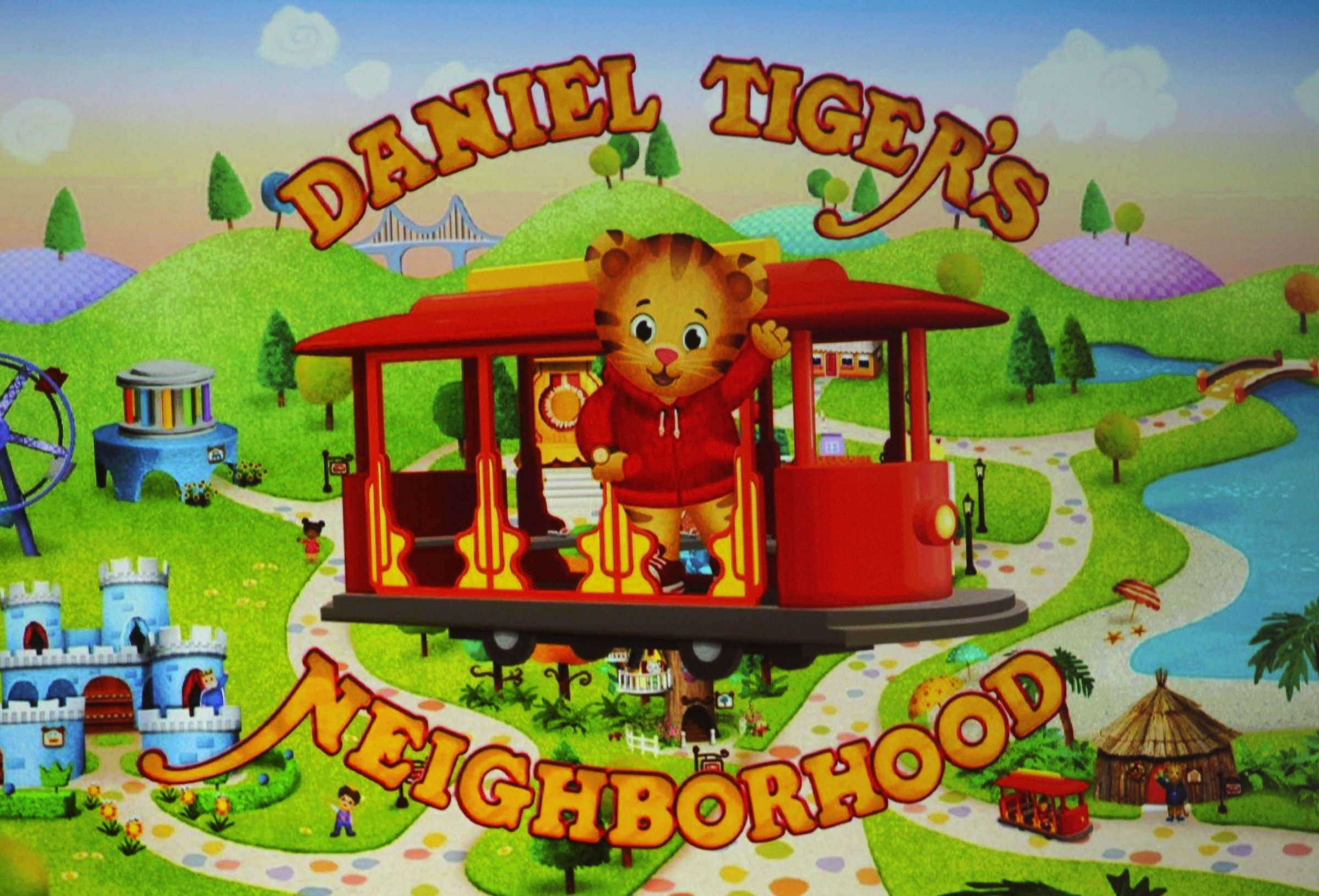
This post originally appeared on LinkedIn. Follow Paula Kerger on LinkedIn. This post is part of a series titled “Behind the Scenes” in which Influencers explain in detail one aspect of their work. LinkedIn Editor Isabelle Roughol also provides an overview of the 60+ Influencers that participated in the package.
One of the most intensive decisions we make is how to find shows to enhance our PBS KIDS lineup. Of course, we still have standards like SESAME STREET, which is celebrating its 45th anniversary this fall, and we’ve actually added another half hour of SESAME STREET in order to make our content even more available and accessible to kids on digital platforms. Building on the rich history of a series that defined educational television is the focus of our programming team. So how do we develop new shows for our PBS KIDS lineup?
We start by identifying what kids need. In 2006, our PBS KIDS Next Generation Advisory Board — made up of child development experts — pointed out that while we had shows focused on academic skills, we were missing a really big piece of the puzzle because we didn’t have a program focused on social and emotional skills. Without skills like how to experience something new and how to deal with feelings like disappointment or uncertainty, some kids just aren’t ready to enter school by the time pre-K rolls around. And that makes academic learning much, much harder. When we started to do a little more research, we realized the need was clear — kids need to learn important social skills in order to get the most out of learning. Figuring that out was step number one.
Step two was figuring out how to best address this need with our content. We reached out to producers to say that we were interested in pursuing social-emotional development as our next big curricular focus. It just so happened that one of our longtime producers, the Fred Rogers Company, was already thinking about how to take the social emotional lessons Mister Rogers had taught and present them in a contemporary show, and had partnered with Out of the Blue Productions. They came back to us with a proposal for a show all about teaching kids strategies they can use for all of the little ups and downs in their everyday lives, building directly on the Neighborhood of Make-Believe Fred Rogers had created.
But we don’t just make shows because we think they’re educational — we want to make sure they can really make a difference in kids’ lives. That brings us to step three — developing a pilot for the show, and then going out and testing it with kids and with parents.
For “Daniel Tiger’s Neighborhood,” we tested an episode that’s all about learning how to deal with disappointment. It’s Daniel’s birthday, and his special tiger cake gets smushed while he’s carrying it home from the bakery. With a little help from Dad, Daniel figures out how to turn this disappointing situation into something good.
After hearing the script and looking at storyboards, we found some encouraging results. Kids understood that “disappointed” meant “sad,” even though they had no knowledge of the word beforehand. And they also understood that the strategy was to take something bad, turn it around, and find something good — like when Daniel realized that the smushed cake still tasted delicious. But when the producers asked the kids to explain what they would do if they ever felt disappointed about something, the kids answered: “We’d taste it!” A practical strategy, but not one for every occasion… so the team went back to work, refining the takeaway from the episode, until they got it just right.
When they had refined their approach, and re-tested it to make sure that the content was actually connecting with KIDS, “Daniel Tiger’s Neighborhood” was ready for our airwaves. This all might sound relatively easy, but in fact there was an incredible number of people, and a tremendous amount of work that went into getting the show on PBS. In all, between The Fred Rogers Company, Out of the Blue, 9Story and all of the other production entities involved in producing and delivering the animated series, more than 200 people work on “Daniel Tiger’s Neighborhood.” Those teams spent three years working on the pitch and pilot, and then another three years testing and refining the show. Six years after the initial idea of a show that dealt with social emotional skills was put forward, we debuted Daniel Tiger’s Neighborhood on September 2, 2012.
Getting a kids show to air on PBS is no easy task. But we start by identifying what today’s children need the most, and asking ourselves how we can push the boundaries of what media can do to best serve them through PBS KIDS. We do that with every element of our content — not just TV shows, but online games, mobile apps and resources for parents and teachers. We try to do everything that we can in order to make sure that we’re getting closer to realizing our mission: to create a better world, where every child discovers unlimited possibilities.
Paula Kerger is the CEO of PBS.
More Must-Reads from TIME
- Cybersecurity Experts Are Sounding the Alarm on DOGE
- Meet the 2025 Women of the Year
- The Harsh Truth About Disability Inclusion
- Why Do More Young Adults Have Cancer?
- Colman Domingo Leads With Radical Love
- How to Get Better at Doing Things Alone
- Michelle Zauner Stares Down the Darkness
Contact us at letters@time.com